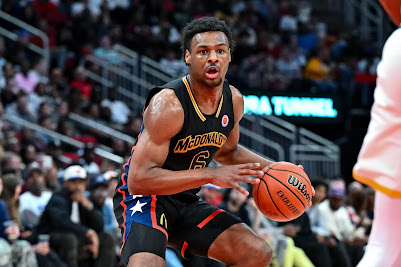In 2022, the National Collegiate Athletic Association (NCAA) made a landmark decision that has fundamentally changed the landscape of college sports. The NIL rule change, which allows student-athletes to profit from their name, image, and likeness (NIL), has ushered in a new era of opportunities and challenges for athletes, universities, and companies alike.
Prior to the NIL rule change, student-athletes were prohibited from profiting from their NIL, even though their athletic achievements and popularity generated significant revenue for the NCAA, universities, and businesses. This created a system where athletes were essentially exploited, denied the basic rights to leverage their own name and image, while others profited from their talent and hard work.
The NIL rule change has opened up a world of possibilities for student-athletes. They can now:
1) Sign endorsement deals with brands: Athletes can now partner with companies and receive compensation for promoting their products or services.
2) Monetize their social media following: Athletes can earn money through sponsorships, advertising, and other partnerships on platforms like Instagram, TikTok, and YouTube.
3) Create and sell their own products: Athletes can launch their own clothing lines, merchandise, or even businesses.
4) Benefit from their athletic achievements: Athletes can now receive compensation for appearances, autograph signings, and other similar activities.
Universities have been forced to adapt to the new NIL landscape. They are now competing with professional leagues and businesses for the attention and talent of top athletes. In response, universities are providing NIL education and resources, partnering with NIL collectives. (NIL collectives are third-party organizations that raise money to help athletes capitalize on their NIL opportunities). Some universities are even creating their own NIL programs to try to directly help athletes connect with brands and businesses. The NIL rule change has created new marketing opportunities for companies too obviously. They can now partner with student-athletes to reach a young, engaged audience. This is a significant advantage, as college athletes often have more social media followers and brand affinity than professional athletes.
The NIL rule change is still in its early stages, and it remains to be seen how it will evolve in the long term. However, it is clear that this change has fundamentally altered the landscape of college sports. Athletes now have more control over their own careers at an earlier stage and can benefit financially from their NIL.










































